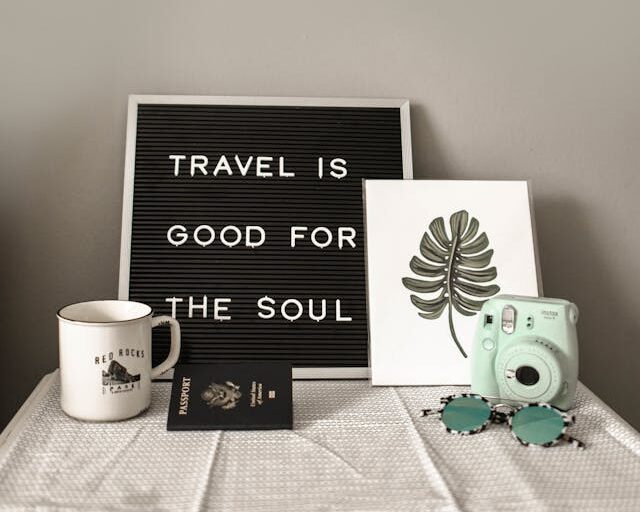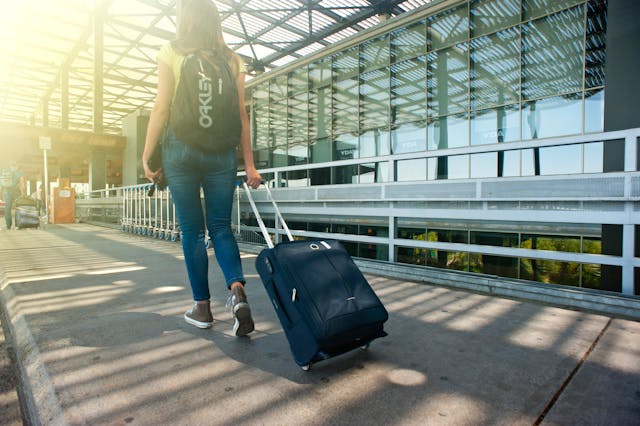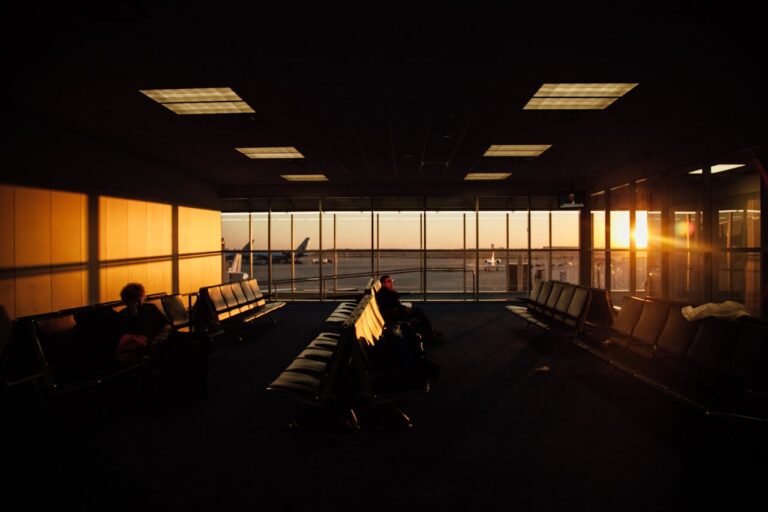Write Us: hello@ali5.org
How to Use Public Transport Like a Local in Any City
Nervous about using public transport in a new city? This beginner-friendly guide helps you ride like a local confidently, safely, and stress-free.

🚋 Why Public Transport Is Worth It
Yes, learning the local system takes a bit of effort, but here’s why it’s totally worth it:
-
It saves money. One train ride = the cost of one coffee. A taxi? Way more.
-
It gets you into the rhythm of the city. You’re not just visiting—you’re participating.
-
You’ll see real life happening around you. Schoolkids, street musicians, office workers—all doing their thing.
And once you do it once or twice, it stops being scary and starts feeling… kind of fun.
🗺️ Step One: Do a Little Homework
Before you even leave your hotel or hostel, do a tiny bit of research. Just enough to feel like you’re not going in blind.
Ask yourself:
-
What’s the main way people get around here? Subway? Bus? Tram?
-
Is there a transit card you need to buy? Some cities have reloadable cards (like the Oyster card in London or Suica in Tokyo). Others still use paper tickets.
-
Are there any helpful apps? (Spoiler: There always are—Google Maps, Citymapper, or even local apps often show exact train or bus routes, delays, and where to transfer.)
Don’t worry about memorizing everything—just get a general idea. The rest you’ll learn as you go.
💳 Step Two: Getting a Ticket
This is where many first-time riders feel stuck. Here’s how to make it easier:
-
Look for machines or kiosks in stations. They almost always have an “English” button.
-
If there’s a local card, buy it at the airport or a convenience store. It makes everything smoother—just tap and go.
-
Some cities use mobile apps where you can buy digital tickets on your phone. It’s the future, and it’s handy.
IMPORTANT TIP: In some places (especially in Europe), you have to validate your ticket before boarding by stamping it at a little yellow or orange machine. If you skip this, even accidentally, you could get fined.
If in doubt, look around or ask a local. Most people are happy to help, especially if you smile and say, “Excuse me, is this okay for the train?”
🚉 Step Three: Navigating the System Without Panic
Okay, you’ve got your ticket. Now what?
Here’s the simple version:
-
Find your line (they’re usually color-coded or numbered).
-
Check which direction you need to go. The trick? Look for the name of the last stop on that line—that’s how routes are marked.
-
On buses or trams, look for a screen or listen for stop announcements. You can also track your trip live using Google Maps.
Still unsure? Ask someone. People may be in a hurry, but a quick, “Is this going to [not remembered]?” usually gets a nod (or a shake of the head, which is also helpful!).
🧍🏽♂️ What It’s Like Onboard
Here’s what to expect once you’re riding:
On trains or subways:
-
Let people off before you get on (it’s polite and efficient).
-
If you’re standing, hold onto something, it will move.
-
Many places are surprisingly quiet. People aren’t chatting loudly or taking phone calls.
On buses:
-
There may be a button or cord to pull when your stop is coming up. Press it once.
-
Some buses let you on at the front and off at the back. Others are more flexible.
General etiquette:
-
Don’t block doors.
-
Keep bags on your lap or the floor—not on the seat next to you.
-
Offer your seat to someone who needs it. It’s just kind.
And yes, you might look a bit like a tourist. That’s okay. Locals are usually more patient than you think.
🗣️ Common Travel Worries (And Why You Shouldn’t Let Them Stop You)
“What if I get on the wrong train?”
No big deal. Just get off at the next stop and switch directions. It happens to everyone.
“What if I can’t understand the signs?”
Maps and icons are your friends. And apps like Citymapper and Google Maps often work offline with a little pre-downloading.
“What if I look clueless?”
Spoiler: You might. But no one cares. Most people are too busy looking at their own phones or trying not to miss their stop.
🌍 Little Local Tips That Go a Long Way
-
In Tokyo, it’s quiet—no loud convos or eating on the train.
-
In New York, expect hustle and bustle. Know your stop ahead of time—announcements can be hard to hear.
-
In Paris, hold your ticket until you exit the Metro.
-
In Bangkok, the Skytrain is an air-conditioned heaven. Rush hour = packed trains.
-
In Buenos Aires, buses require a SUBE card, and you must tell the driver your stop before paying.
Every place has its quirks. Learn a few, and you’ll blend in faster than you think.
💛 Final Thoughts: You’re More Capable Than You Think
Public transport can feel like a test at first, but it’s really just part of the adventure.
Once you get the hang of it, you’ll walk into a station like you’ve lived there for months. You’ll start noticing things: the daily rhythm, the sleepy commuters, the way a city wakes up or winds down.
You’ll feel proud.
You’ll feel independent.
And honestly? You’ll probably have a few fun mishaps that turn into great stories later.
So go ahead—take that tram, bus, or metro. You’re not a lost tourist.
You’re just someone who’s learning the city one ride at a time.







